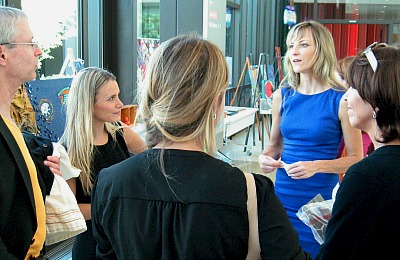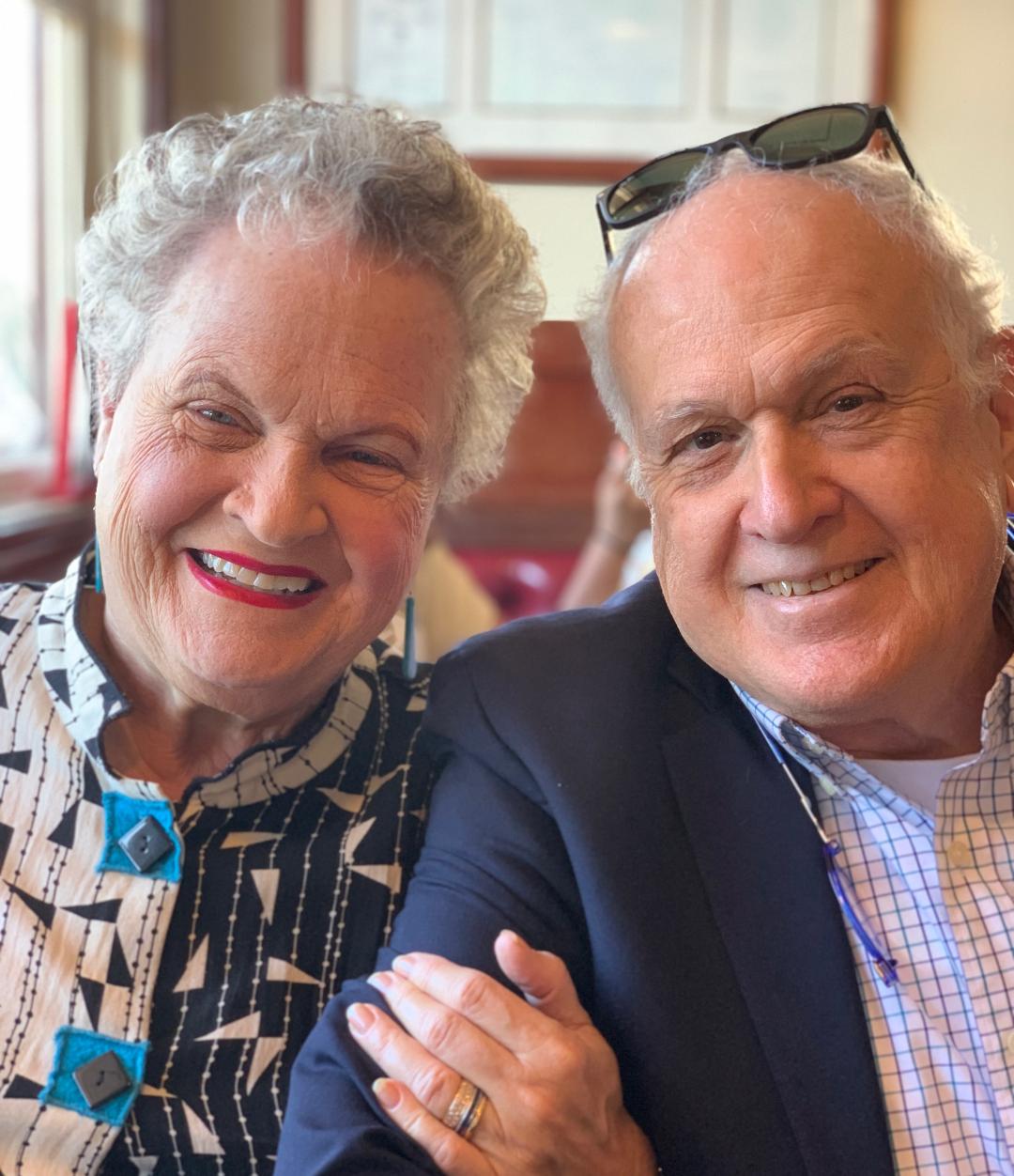How I Resisted Loneliness: Loving Through Chronic Pain
Before I became a caregiver, I became a wife—and that may be why I never felt truly alone. Even in the hardest years, I worked to hold onto connection, joy, and purpose. I don’t accept loneliness—but I’ve done everything I can to keep it from finding a home in our life.
I met Tom when I was barely 38. We were healthy, financially stable, and mad for each other. He’d survived testicular cancer, which left him sterile, but that didn’t matter to me. I thought we’d travel more.
Eighteen months after we married, everything changed. Tom was medically discharged from the Air Force after 23 years. A minor arthritis diagnosis was reclassified as degenerative nerve damage from over-radiation. At 41, he was retired with a modest severance—and unemployable.
Those months marked the beginning of my caregiving. I didn’t know it then, and I certainly wouldn’t have accepted it if I had.
We were restoring our 1904 Craftsman home, and I was auditioning. But with the diagnosis—nerve, tissue, and organ damage—we began an exhausting search for medical help.
Tom became depressed. I turned to food. We turned to God.
It took Tom ten years to accept he wouldn’t get better. Once he did, I lost 83 pounds and we began finding our new rhythm. Thirty-seven years later, we’re still managing chronic pain and the complications that came with it. But we’ve stayed the course, remained in love, and kept moving forward.
Here’s what helped:
We kept people in our lives.
Friends and family didn’t always know how to deal with someone who wouldn’t improve. So I hosted big parties—150 people or more. Tom, who was often bedridden, was still part of it. I told guests to go upstairs, sit in bed with him, and catch up. When he got tired, we closed the door.
We also hosted house-guests regularly. I made it easy: “Here are the keys, here are the rules, we’ll see you at dinner.”
We gave Tom purpose.
When a neighbor asked if Tom could help his son learn to read, he said yes. Then other kids joined. I registered our block club as a nonprofit, wrote grants, and soon we had 55 at-risk kids in a free after-school program—with Tom at the center.
We adapted and delegated.
I couldn’t do everything. We hired a neighbor as Tom’s driver so I could work. Later, I hired a housekeeper, gardener, and dog walker. I also learned to evaluate doctors: Did they look at Tom when they spoke? Did they listen? If not, we moved on.
We stayed a couple.
We booked overnight hotel stays—tiny bags, early check-in, pajamas, movies, room service, sleep. We laughed, talked, cuddled, and yes, bed-danced. We found intimacy even during pain.
We chose joy.
For years, Tom was on fentanyl. It dulled the pain, let us go out, and allowed me to travel. Eventually, he said, “I can have pain in LA or pain in Paris. Let’s go.” We went to Rome. He used a cane. I carried his wheelchair. When he developed headaches after we returned, two doctors wanted him off fentanyl for surgery. A third said surgery wouldn’t help. Tom tapered off the drug on his own.
We tried everything.
Acupuncture, bee stings, royal honey, nerve blocks, inpatient pain programs, virtual reality—you name it. Some things worked, then didn’t. But we kept trying.
We made space for me.
I stopped trying to share in his pain. It didn’t help either of us. I got my nails done. I went to the theater. I maintained my own life—and gave myself permission to enjoy it.
We served together.
After Tom had a second heart attack and closed our after-school program, he began volunteering at our church. He led morning devotionals, worked in the office, and found deep satisfaction in helping others. When I got sick, he became my caregiver. And when I recovered, he expanded his work with national pain organizations. He now leads support groups, consults, presents at medical conferences, and even trains others in using virtual reality for pain.
I now travel with him. I carry the gear, monitor his energy, get him lunch. I remind him when it’s time to rest. We’re a team.
Tom and I believe his chronic pain is God’s greatest gift. It gave him purpose. He’s happier now than he ever was in uniform. He uses every one of his talents to glorify God.
We couldn’t do this without Him.
Tom was my hero before I married him. He’s even more so now. Disability doesn’t diminish love—it deepens it. Maybe that’s the secret to resisting loneliness: deepening. Deepening connection. Deepening purpose. Deepening joy. Not letting life narrow us—but widening it wherever and however we can.
That’s what we’ve tried to do.

